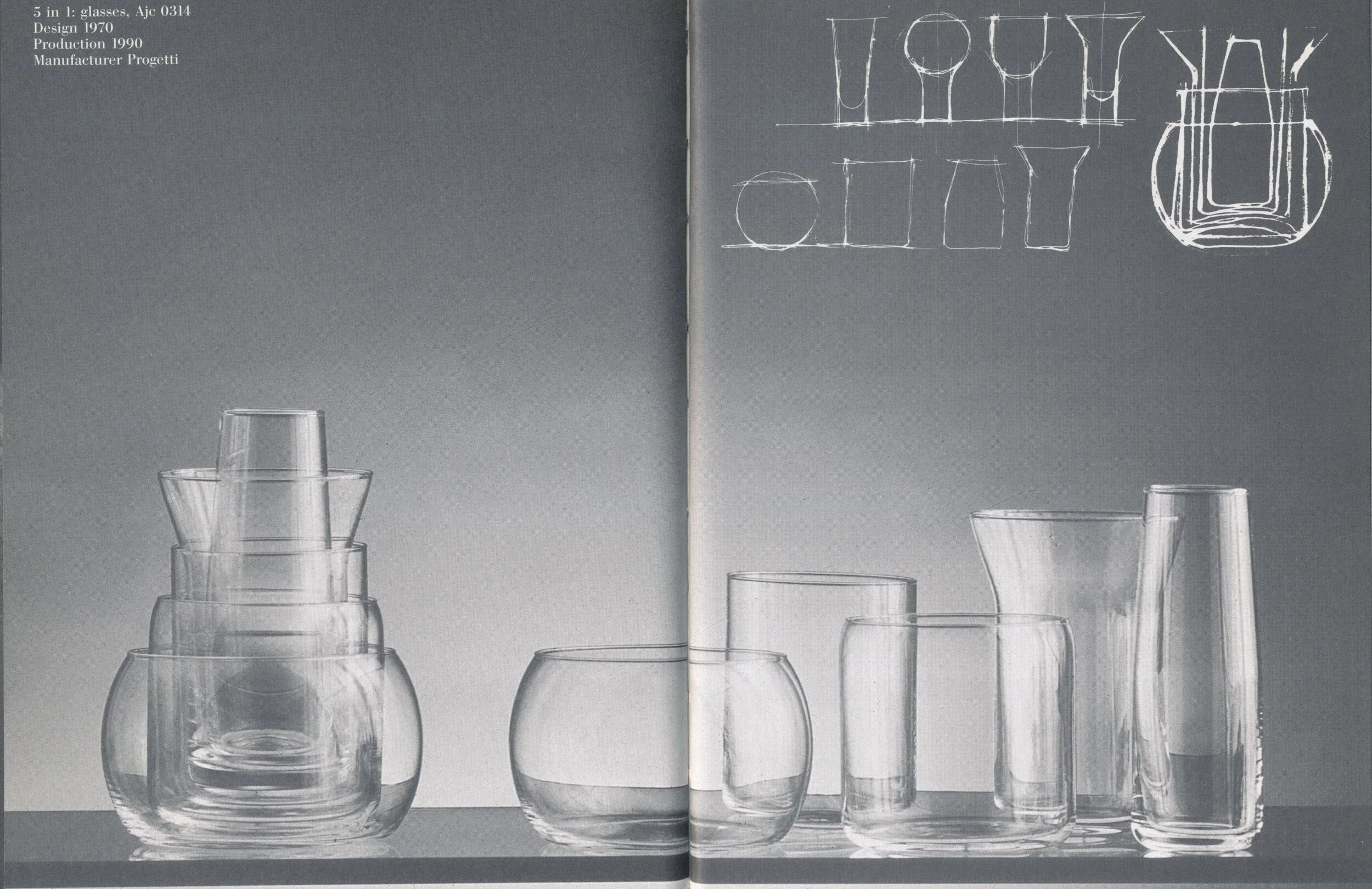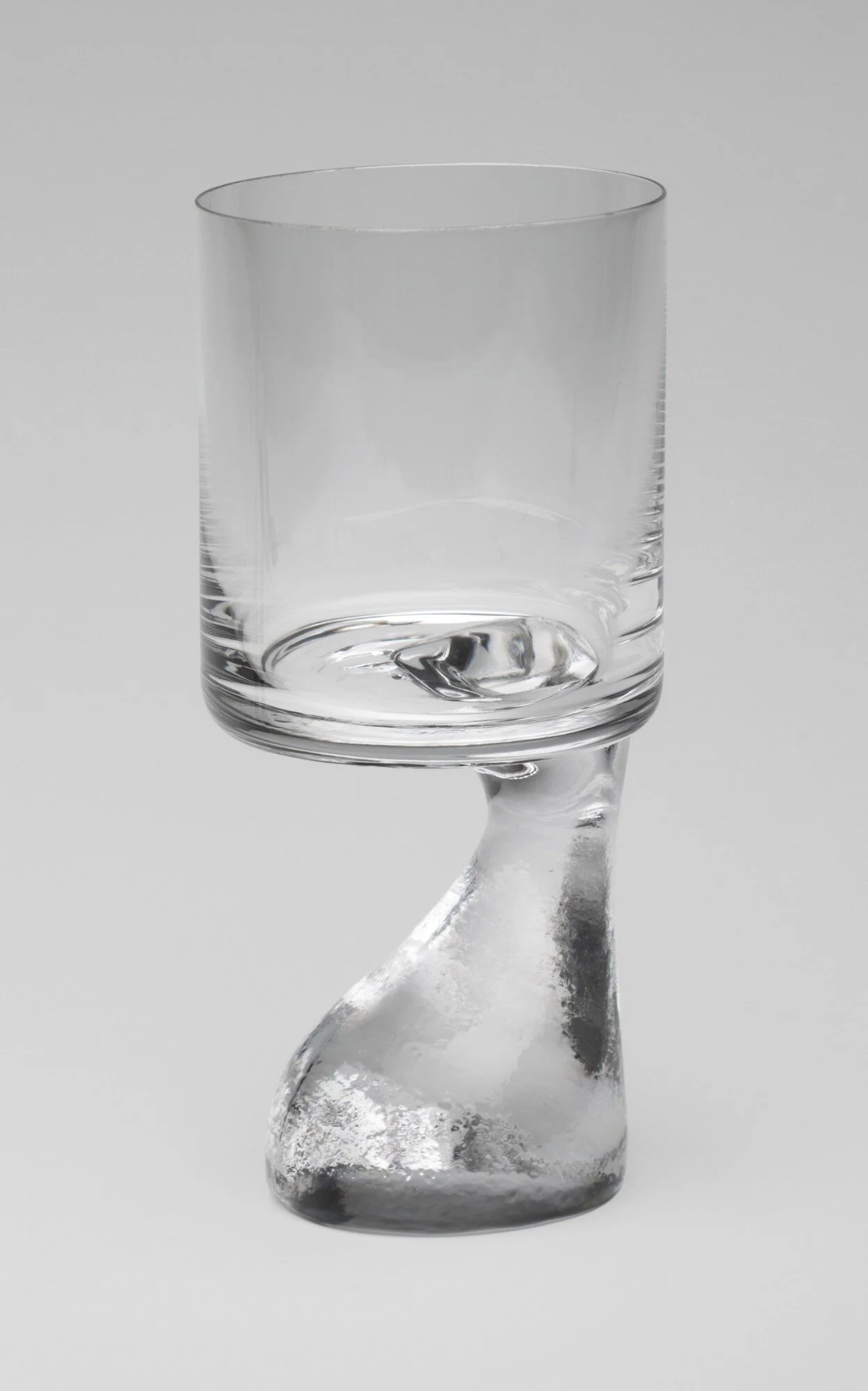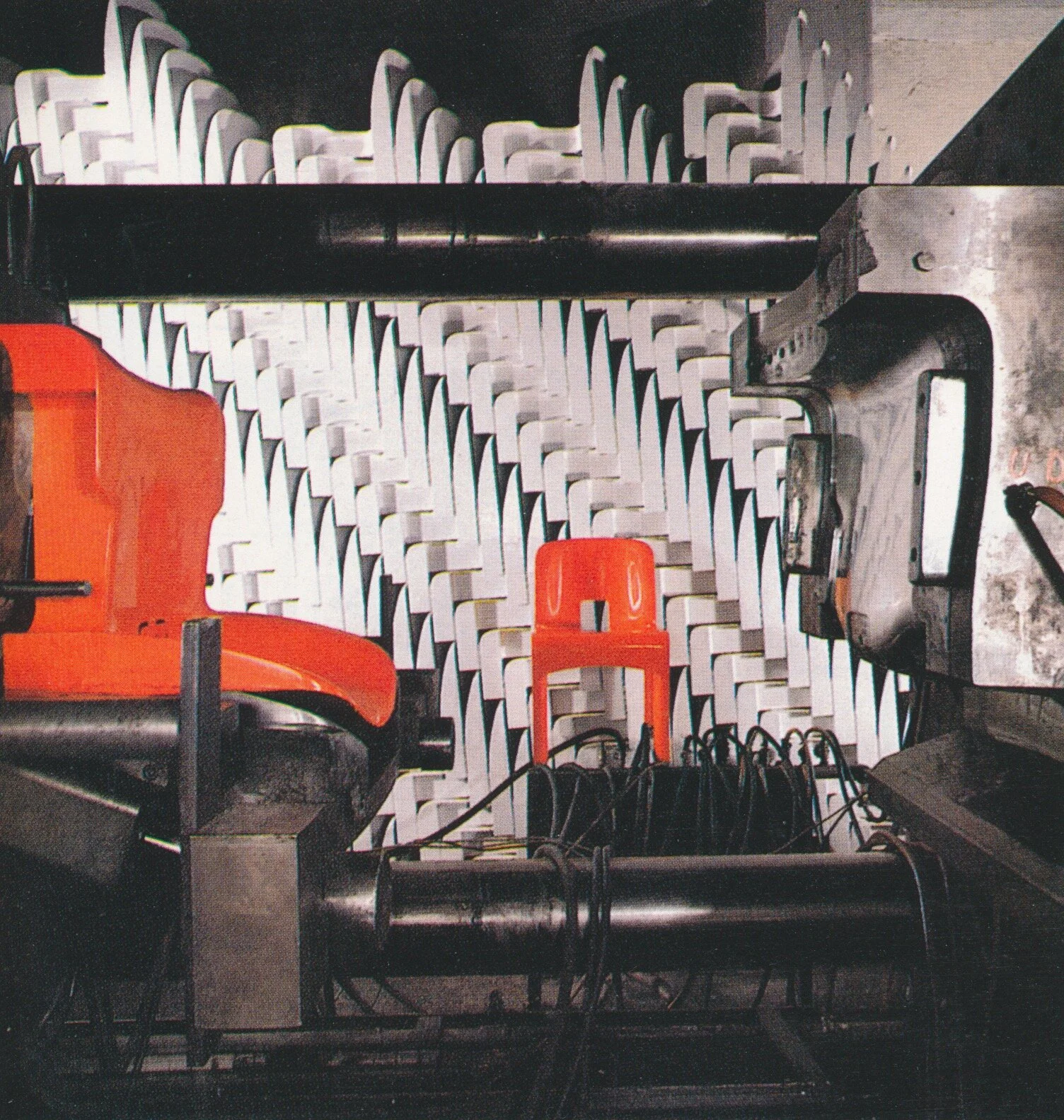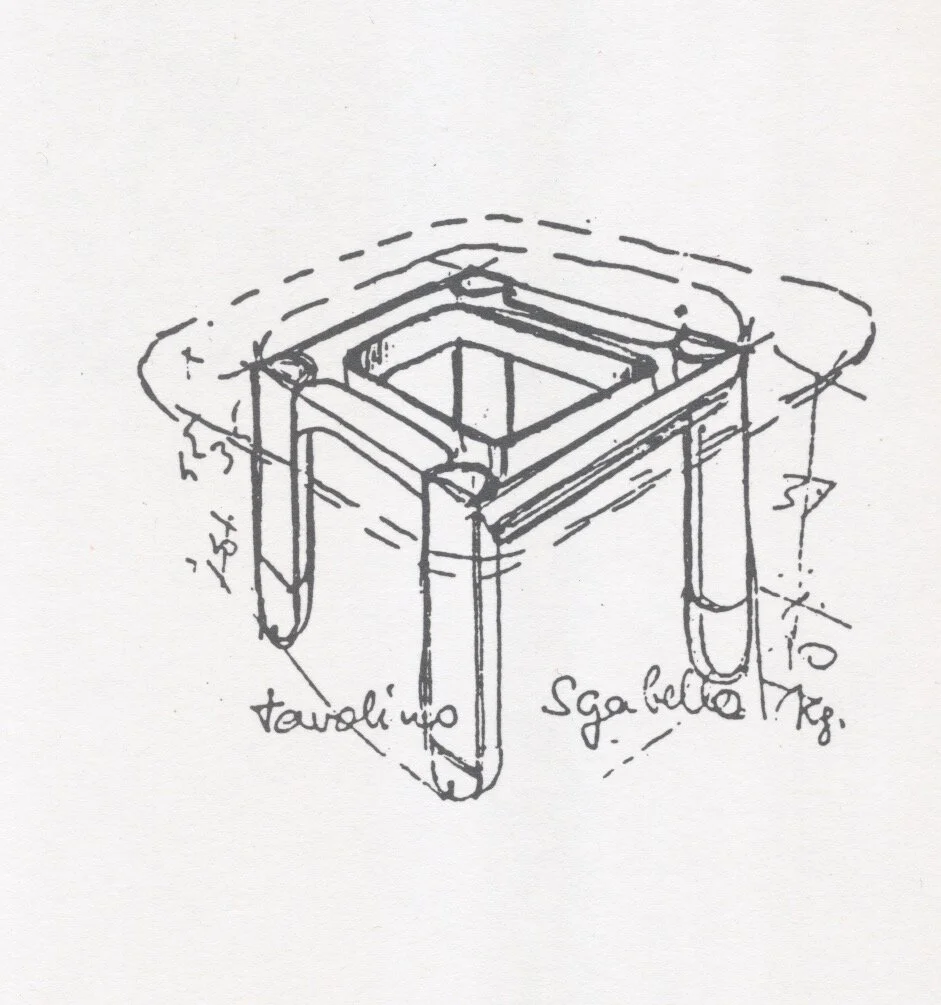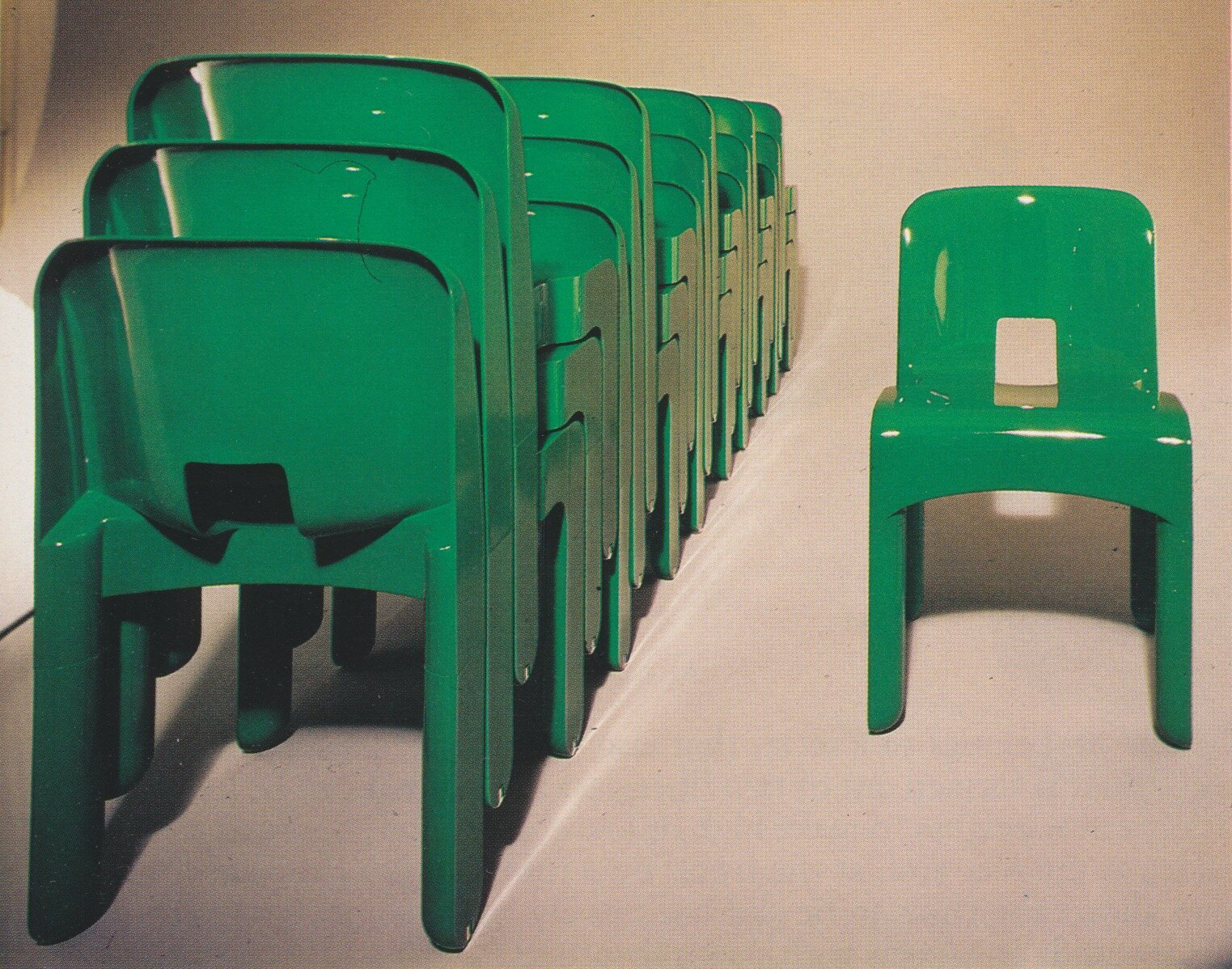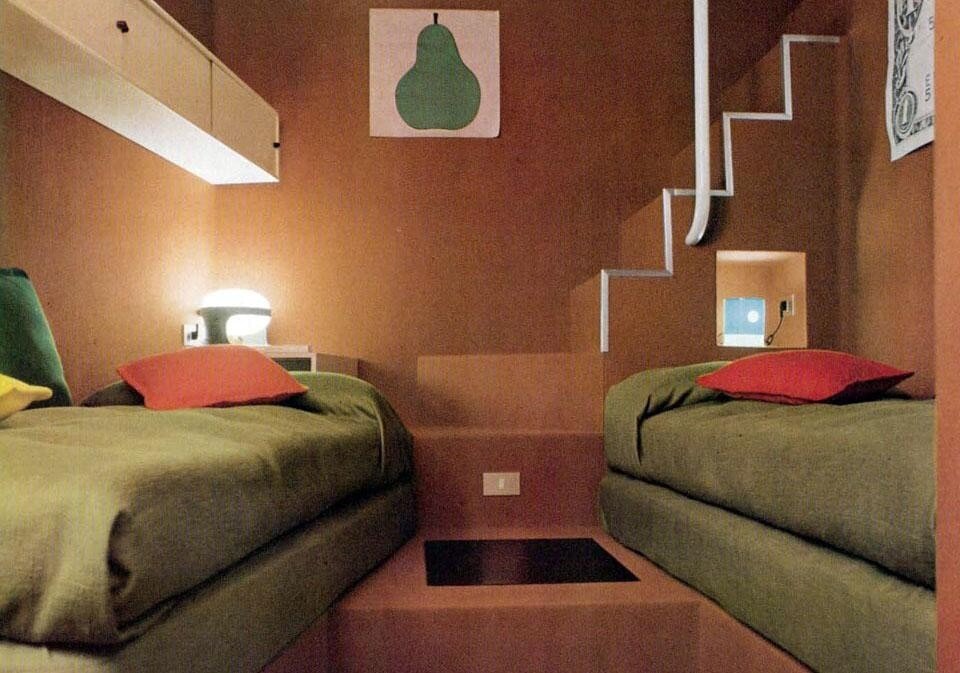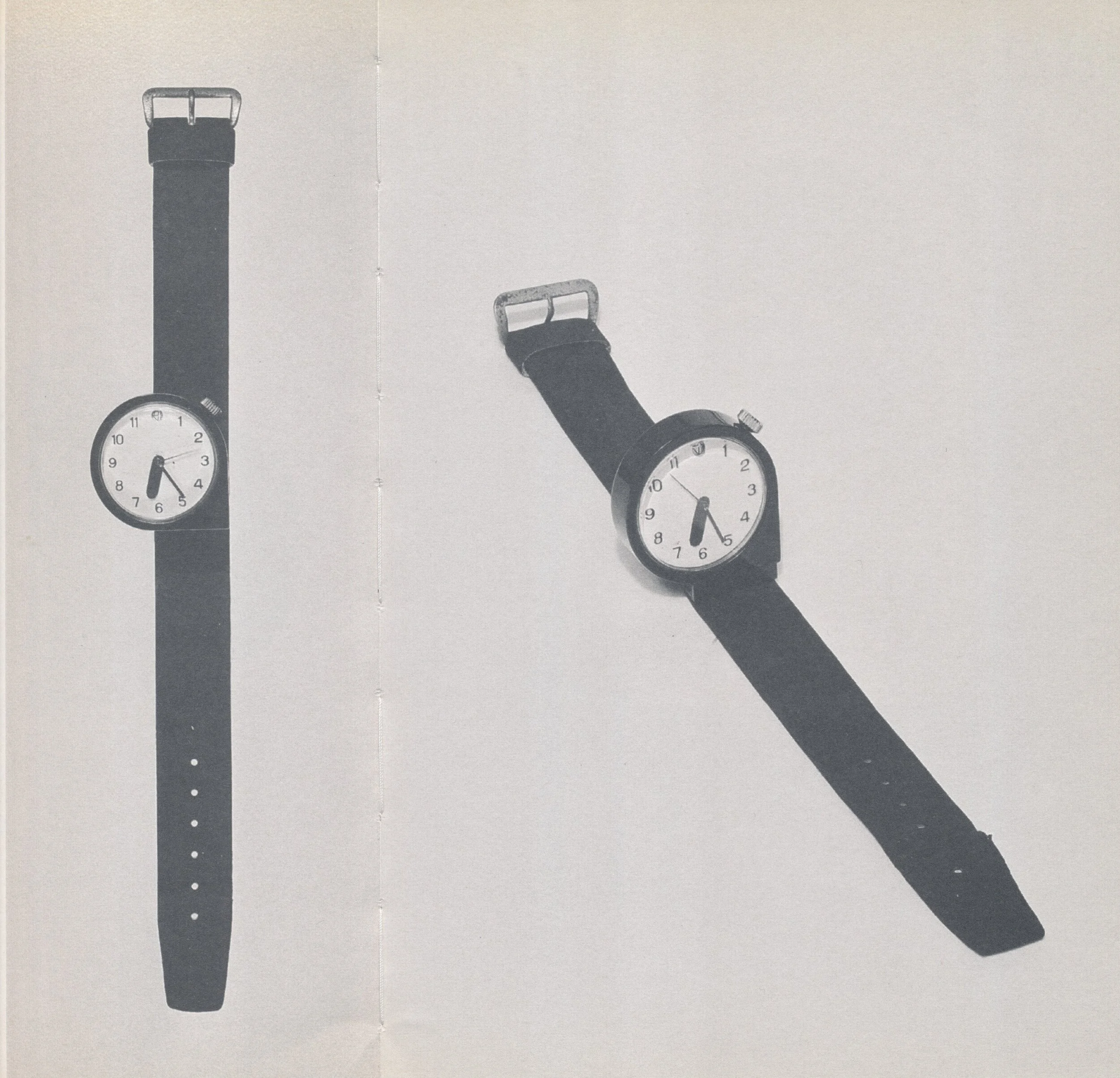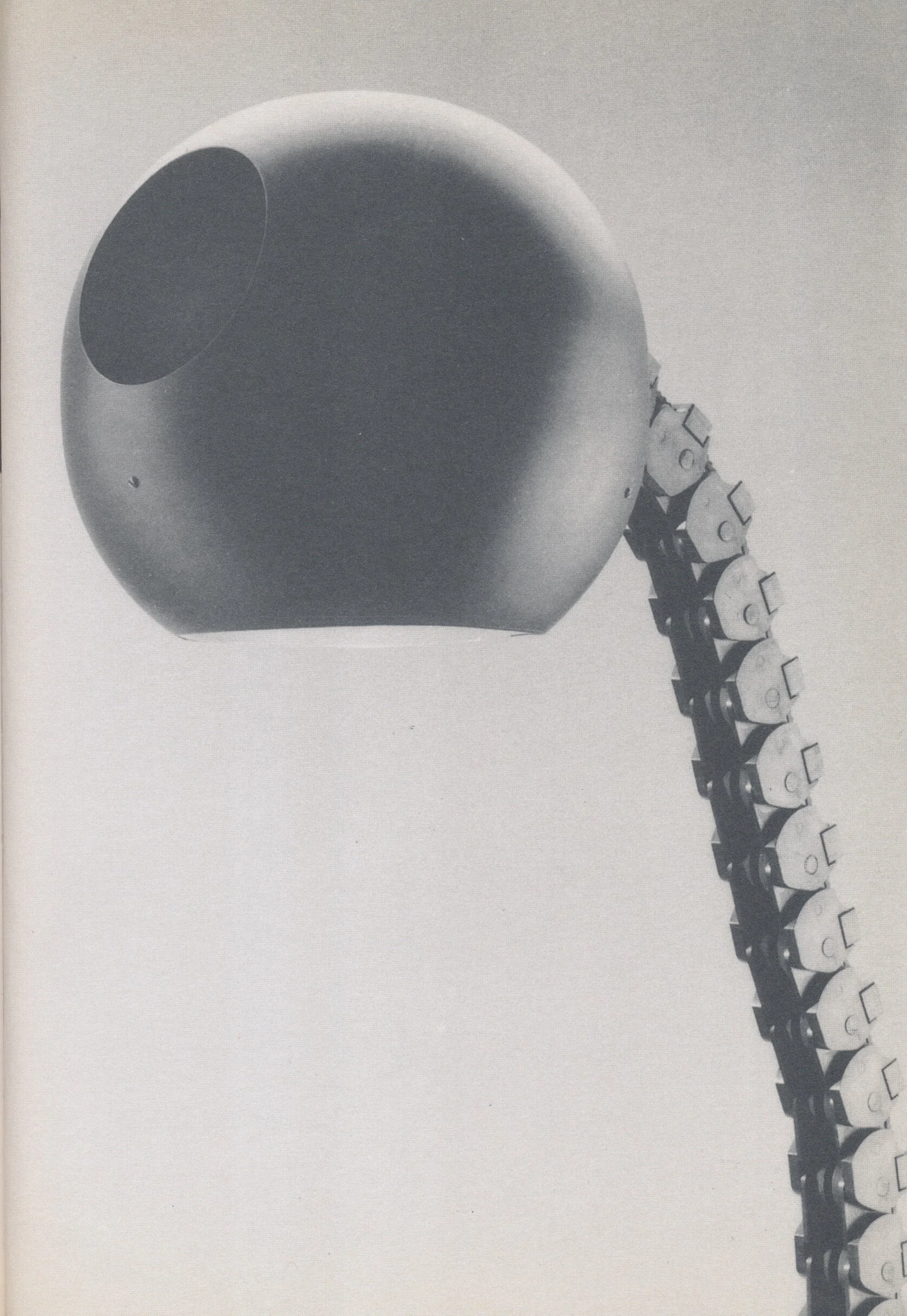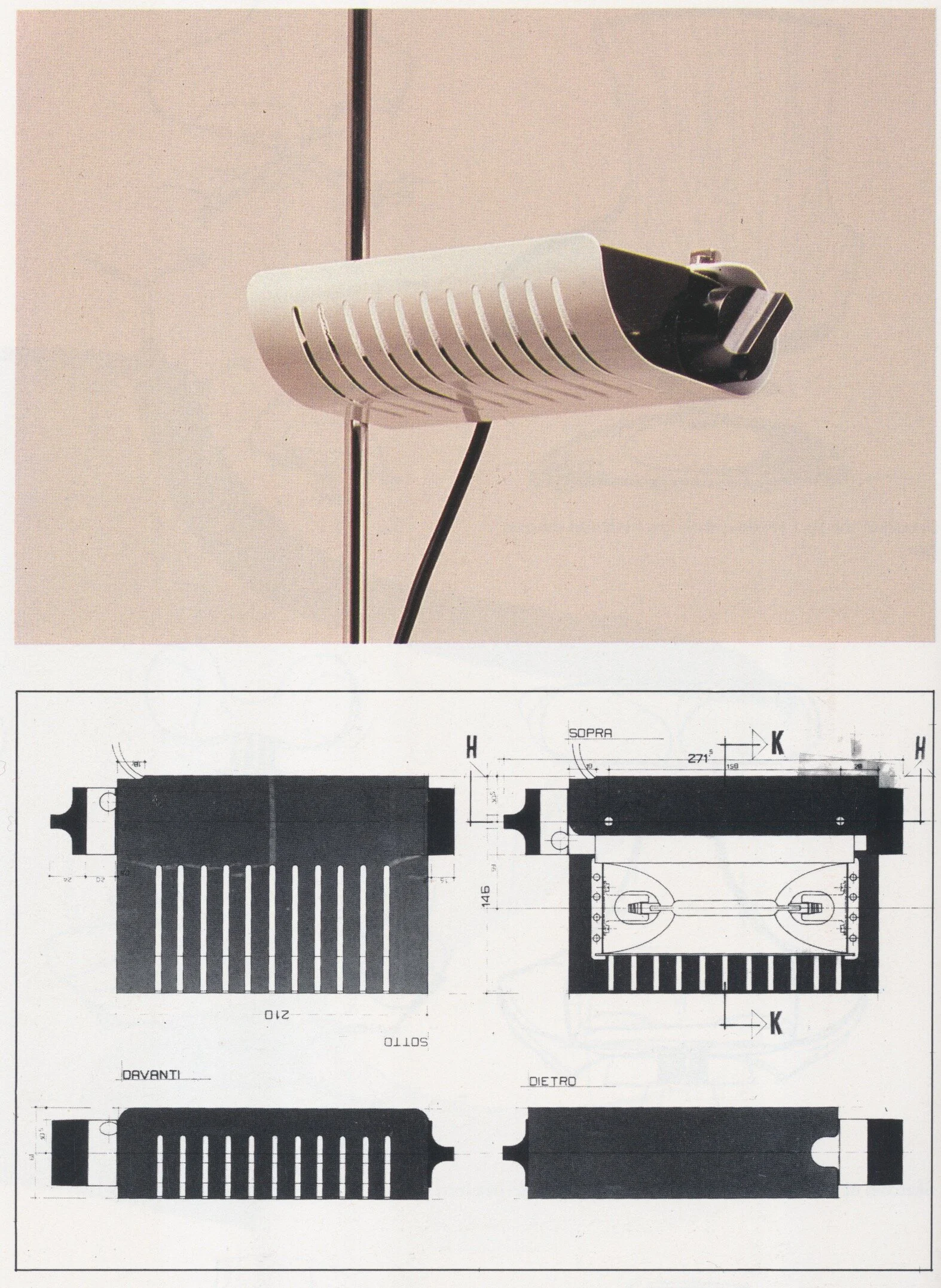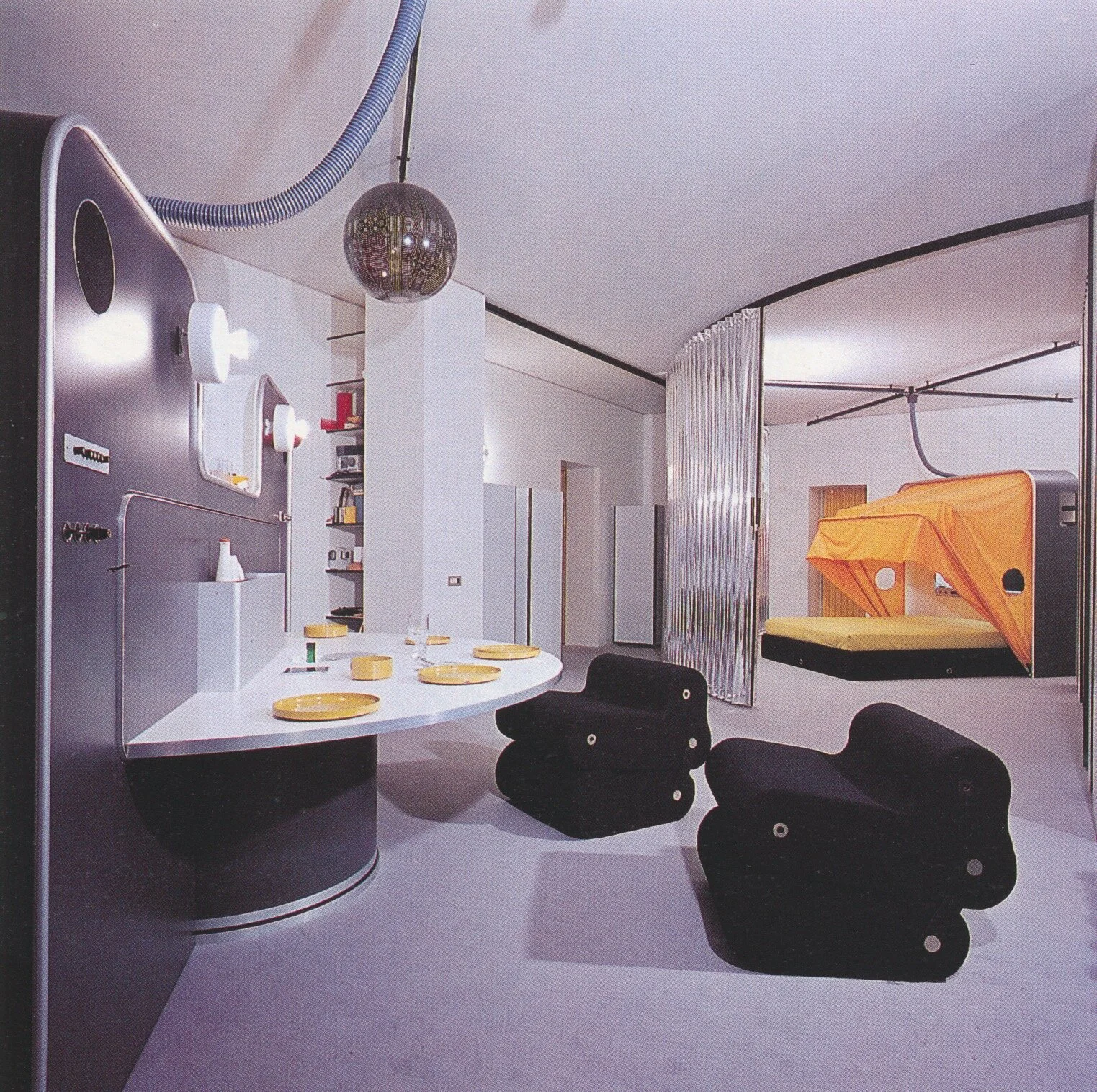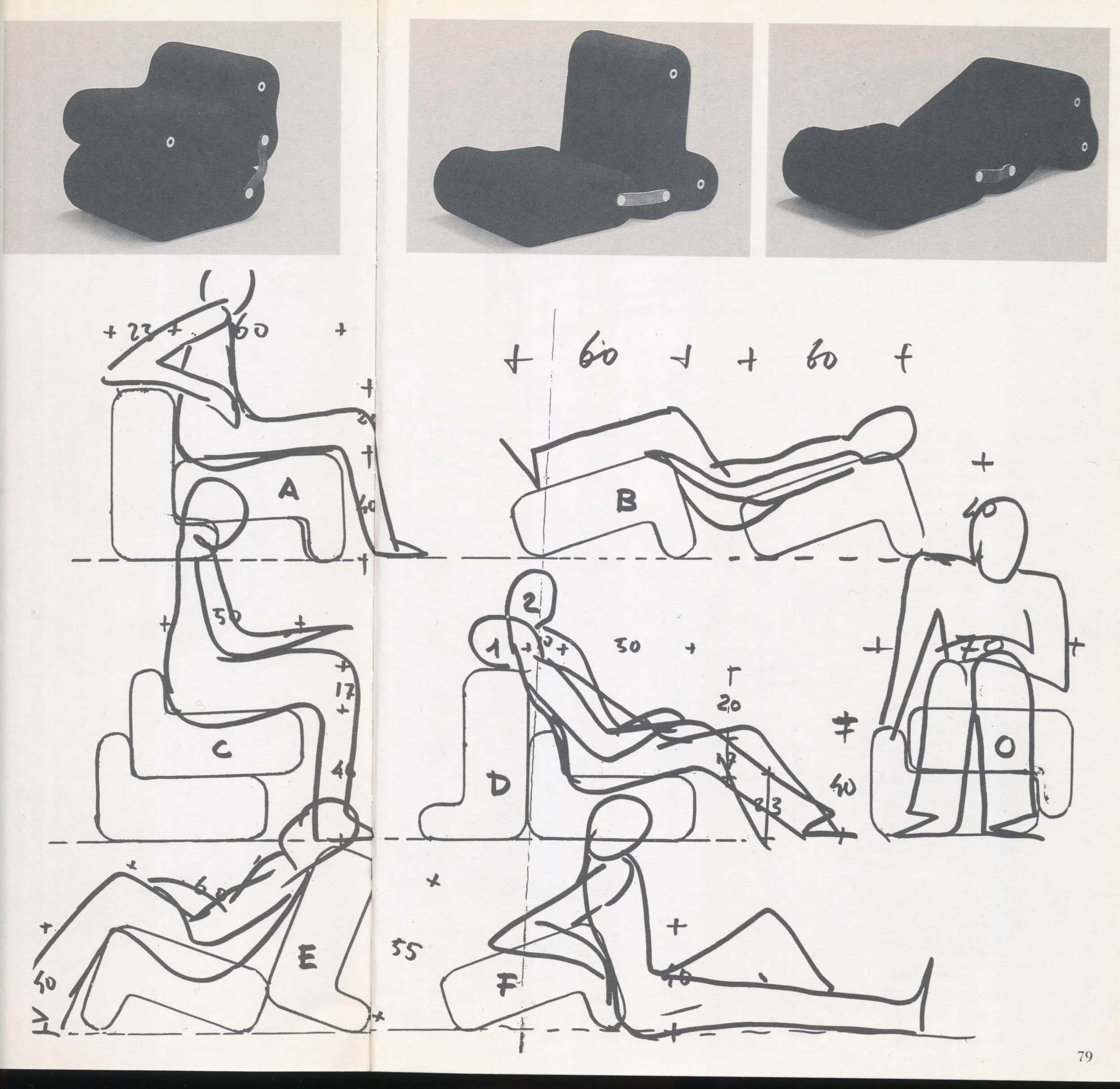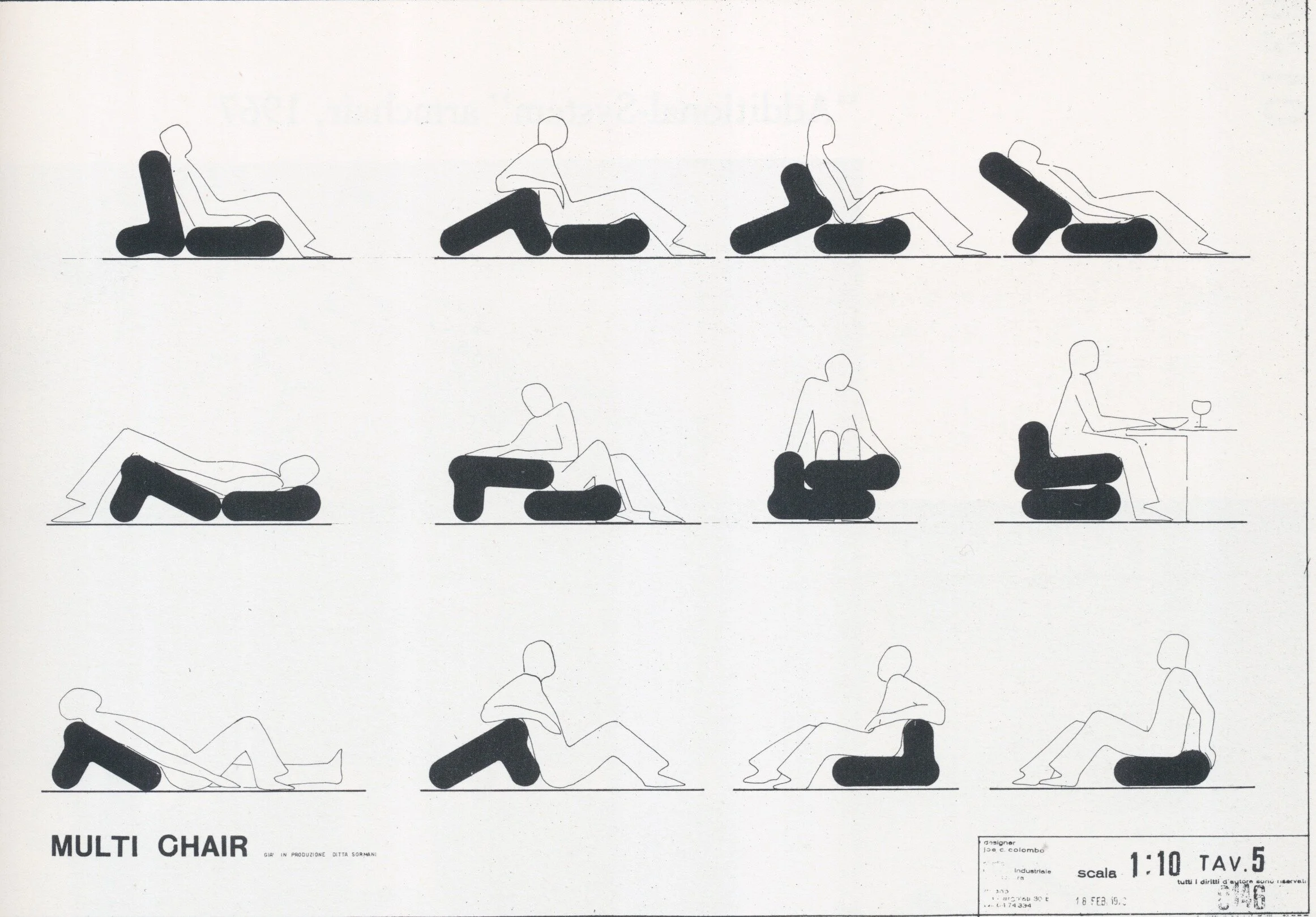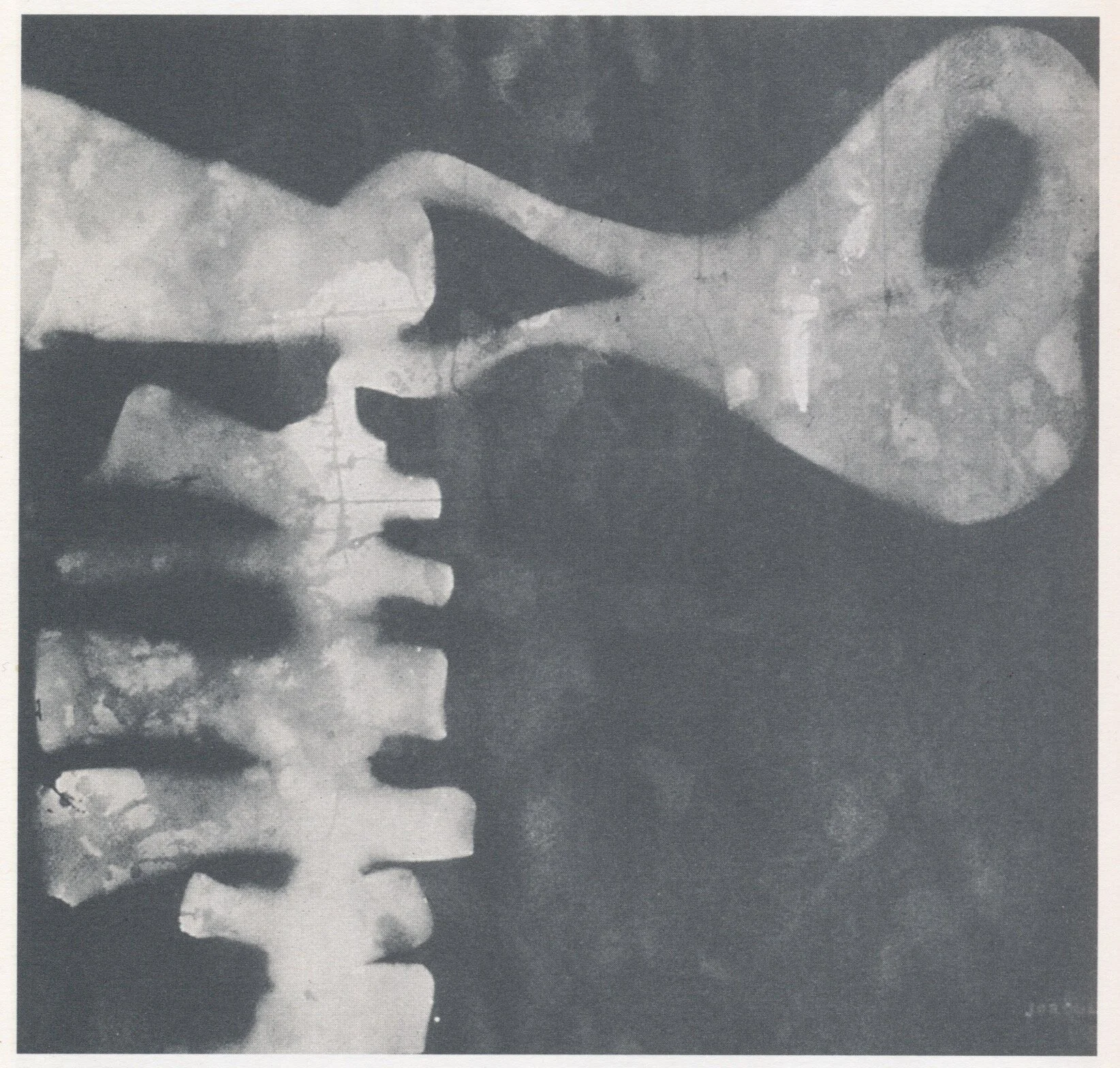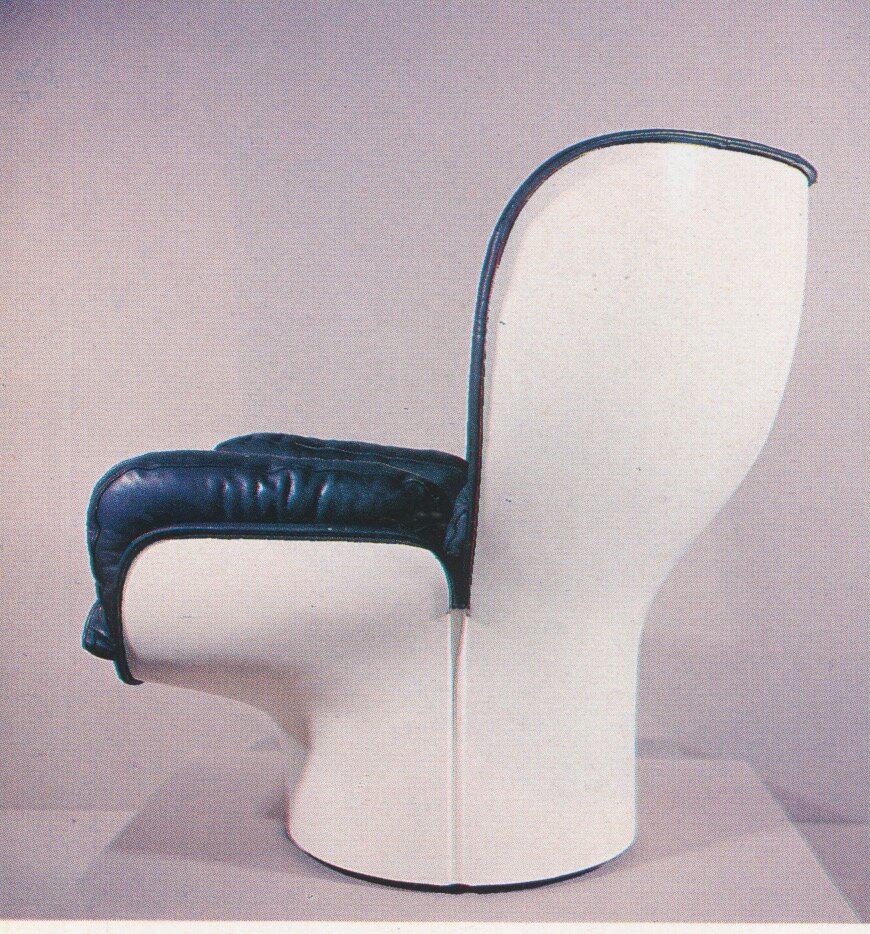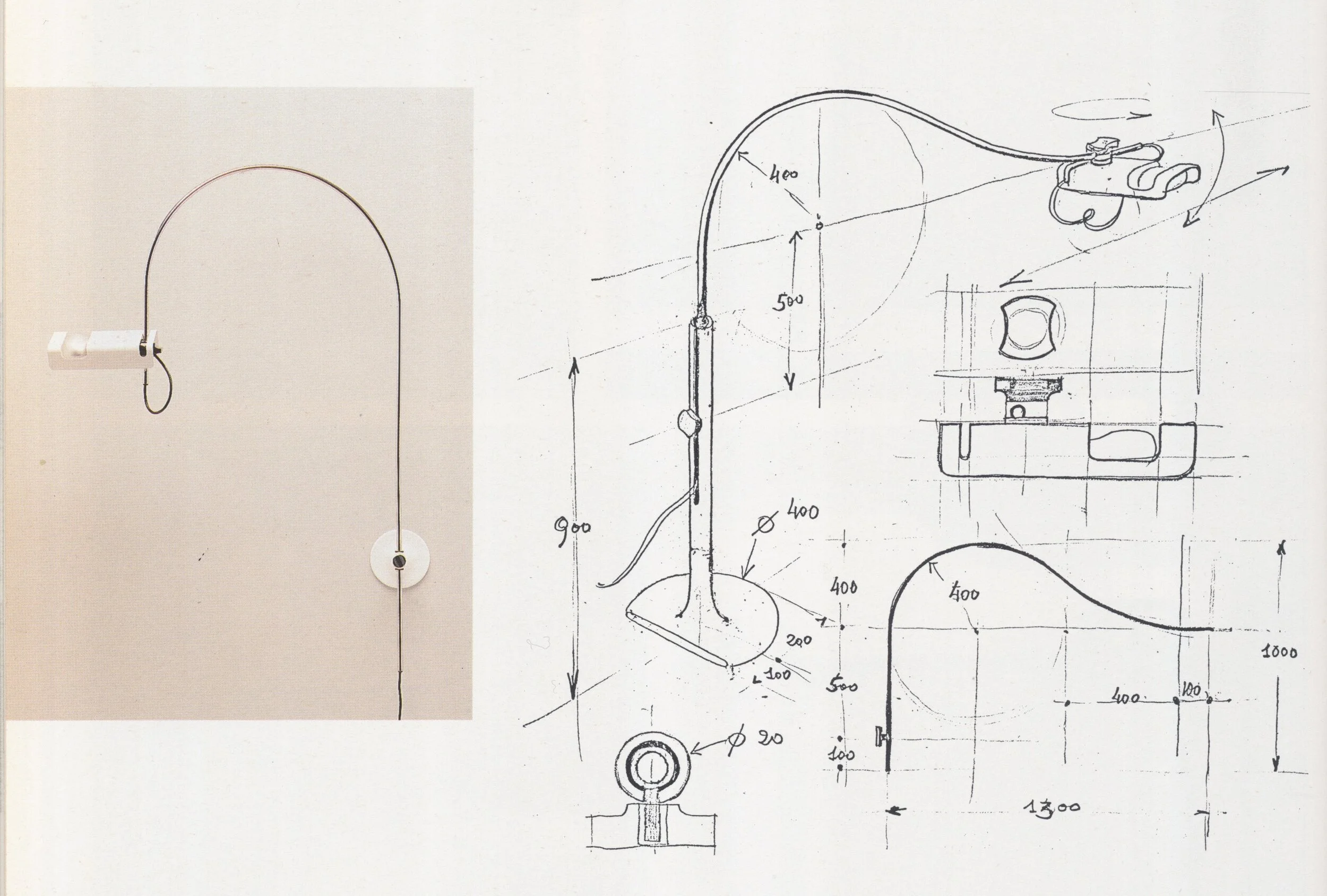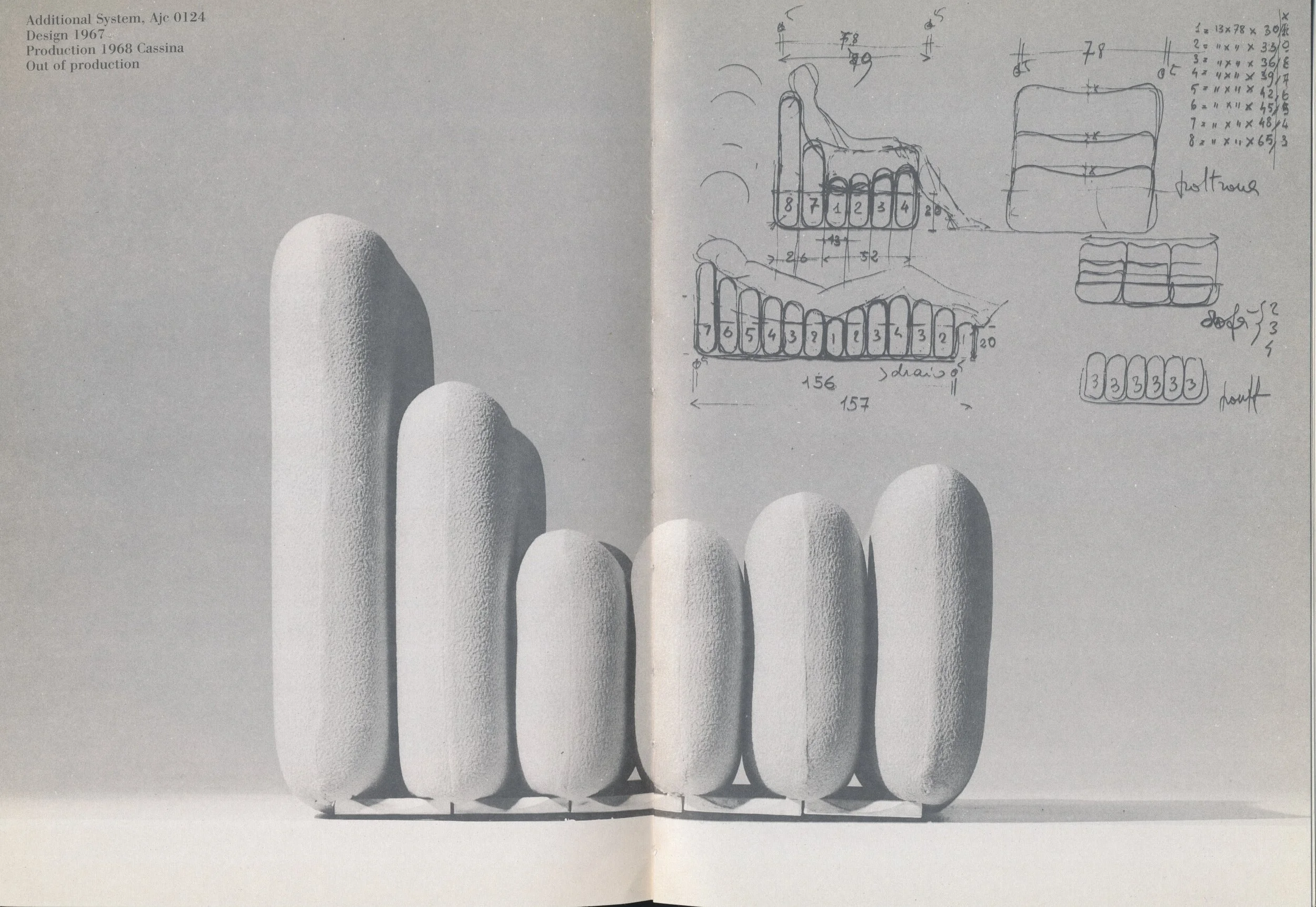Profile: Joe Colombo
Italian architects - and possibly even more so, designers - were able to draw inspiration from one of the most dynamic cultural scenes in Europe in the twenty- year period after 1945. Having at their disposal a design nucleus in which throw and practice leapfrogged each other constantly meant that Italian designers were able to contribute an enormous amount to contemporary Italian culture as a whole. Design became a real parameter for a model of invention, a pragmatic connection with reality and a coherent definition of the entire idea. It would not be out of order to say that, for Italian designers, theory does not precede the design process but provides a justification for it and makes it easier to read.
Joe Colombo undoubtedly contributed a large part to this process. The uniqueness of his approach is due to a large extent to his having been an artist in the first instance before graduating to design. Furthermore he came from an area where it is difficult to find architecture, sculpture and painting working together. Unlike Constructivism, De Stijl, or Geometric Abstractionism, Nuclear Painting, of which Colombo was a leading exponent, was aimed at encouraging free-ranging movement of imagination with a strong internationalist feel. Joe Colombo’s contribution to design was two-fold. On the one hand, there was his gradual definition of an object which never allowed it to lose its original life-giving tension and endowed it with a clear structural modulation. Then, on the other, there is his work as a reactive critic to the 1960’s design aura in Italy. His work reflected the cultural, social and political shift from an optimistic enthusiasm for production to a more reflective mood which questioned the roles and functions of the producers as well as what was being produced, this especially towards the end of the period.
It is worth pointing out that, while Joe Colombo’s work reflected the context in which he worked, he had his very own dialect which was never conditioned or compromised and he foreshadowed many idea and trends that are typical of what has happened since his death in 1971, where the frank and free appraisal of Modernism is as ever an essential exercise.
If we look at Joe Colombo’s work, we get the feeling that he lived his life at top speed. Initially, as a painter with the Nuclear Movement, he was involved in a radical rethink of a communication convention. Then, he made a total and irrevocable switch and set himself the task of honing his relationship with objects. Then, turning his attention to a critical analysis of the place of objects in the home, he was able to relocate the domestic scene as a field where all the complex functions involved in living, take place.
His achievement is testified and rendered manifest by a clear approach to the design discipline. Joe Colombo’s designs, prototypes, and end products, some of which are still available, all seem to be part of a continuous flow, without duplication or repetition and yet still closely tied to critical idea of design which can lend itself as a matrix for other inventions or serve as a creative projection for something that might come about, a brave new world.
Joe Colombo’s utopia was neither ideological nor was it located outside the intense heart of a structured design ethic. His vision never forced him to reject aesthetics but always helped him to strive to liberate new energies and strong, powerful signs. This produced a vitality and a representation ability that have rarely been equalled - even in the extra-rich panorama or Italian post-war design.
nuclear composition - Indian ink on card. 1952

